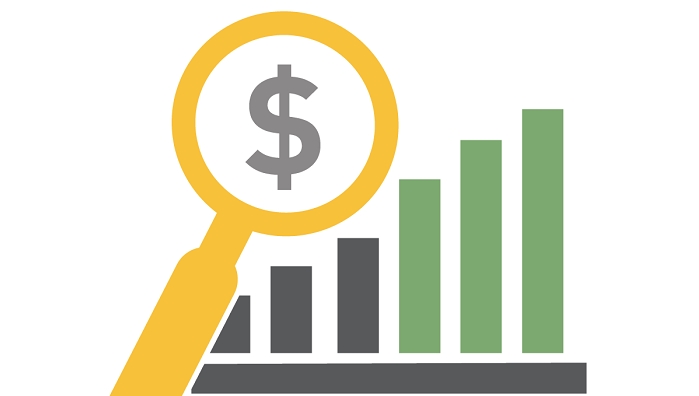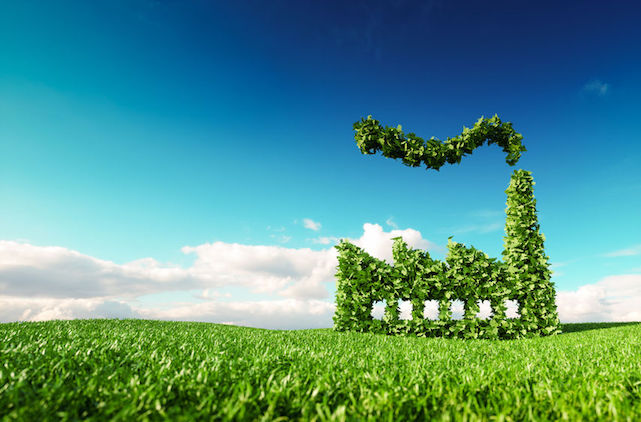
Renewable energy is infinite and the “fuel” is free – that’s why it’s such a perfect resource for humanity to harness, but some people may struggle to understand how it is possible to make money from it.
Since mankind first discovered coal and oil, the global economy has been dependent on these two types of ‘black stuff’ for almost every profit-generating process behind GDP growth. As a result, there may be a kind of subconscious assumption that “value” and therefore profit is only possible from a resource if it is finite, and if you control its supply in a world of rising demand. After the second world war, the USA became a huge consumer of oil, to power its fast growing economy, leading to its involvement in geopolitics in the Middle East.
Demand for energy has continued to rise, with the growth in populations around the world, but if our supply of it becomes infinite, rather than – as is the case with oil and gas – controlled by a relatively small number of extractors, can it really be profitable? The answer is a resounding ‘yes’!

Generate Revenue
While investing in renewables is a good way to support an industry that is helping the planet (and reducing our dependence on fossil fuels) the other, less well-known, appeal is the steady and long-term investment returns it can bring.
Revenue for renewable energy providers comes from the people and the companies paying for the electricity that the wind, solar and hydro projects are generating. Electricity generated is usually charged at a rate of pence per kWh, which rises and falls a little over time but is relatively predictable.
In some countries, renewable energy installations can also be partially funded through the incentives provided by governments, but these incentives are fading away as the costs of renewable technologies has gone due to mass adoption. There’s some history worth knowing here:

Renewable incentives
Government incentives were originally designed to get renewable energy off the ground, in the early absence of instant profit for the developers making and installing the technology. Later, once this industry has reached scale, the incentives offered are gradually reduced until it can stand on its own two feet.
In the UK, incentives for renewable energy installations (“feed-in tariffs” or FITs are the best known of these) are set by the Government, based on how much that industry needs to develop and how quickly.
While we tend to think of renewables as being mainly wind and solar power, there are other emerging technologies including hydro, biomass, geothermal energy and tidal (which is much newer) that all need to be developed and are therefore ripe for investment.
These early stage renewable technologies receive higher government incentives than those, such as wind and solar, that are now well established.
This doesn’t mean that profits are necessarily lower for people investing in older tech like wind and solar as projects receive their initial incentive for many years – up to 25 years for feed-in tariffs.
If you invest in sustainability focused portfolios through a smartphone app such as Clim8 Invest – which offers ‘clean energy’ and ‘clean technology’ amongst its core investment themes – your money can be used to invest in a wide range of technologies. By putting your eggs in several baskets like this, it can make your returns more reliable and reduce your overall investment risk.

A clean industry
Our reliance on fossil fuels is unsustainable and harmful to the planet, which is why the way we produce and consume energy has to change – and change quickly.
It’s also interesting to note that fossil fuels have had a lot of price volatility over the years, adding to market uncertainty and economic instability. This has never been more apparent than during the coronavirus crisis when oil prices collapsed to their lowest level in 18 years. So, it’s critical that we invest in renewables, not only because they don’t pollute and harm the planet, but they are also more stable and reliable in the long term.
The UN’s Sustainable Development Goals, created in 2015 as a call to action to protect the planet and its people by 2030, have accelerated this global transition to cleaner energy. The Paris Climate Agreement of 2016 added further impetus and focus to get the world moving as one towards a carbon net zero future.
The UK is doing a decent job. Since 2010, it has more than tripled the amount of electricity generated from renewable sources like wind, solar or hydro, from 10 per cent to almost 40 per cent.
Last year the power generated by renewable energy in the UK (including wind, solar and biomass plants) eclipsed fossil fuels for the first time since the country’s first public power plant fired up in 1882 – a huge achievement for the industry. It’s a trend set to continue, with renewables playing a major role in the decarbonisation of our energy systems over the coming decades.
As Duncan Grierson, founder and CEO of Clim8 Invest says: “The single biggest threat to humanity is climate change and the transition to renewable energy is a critical element in minimising the catastrophic impacts of climate change.”